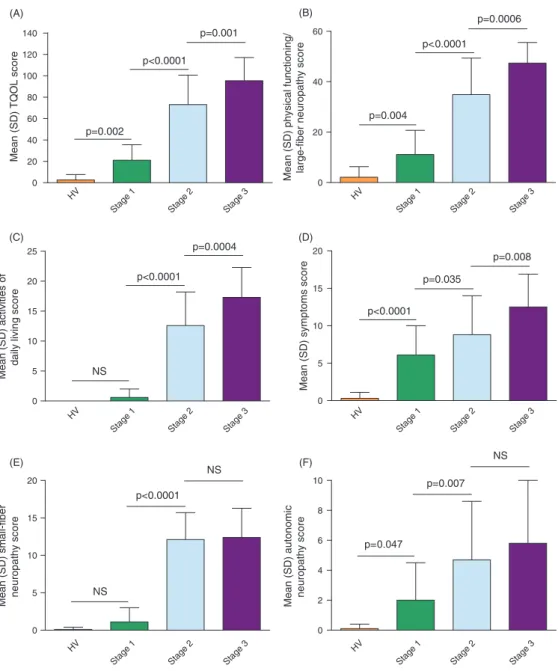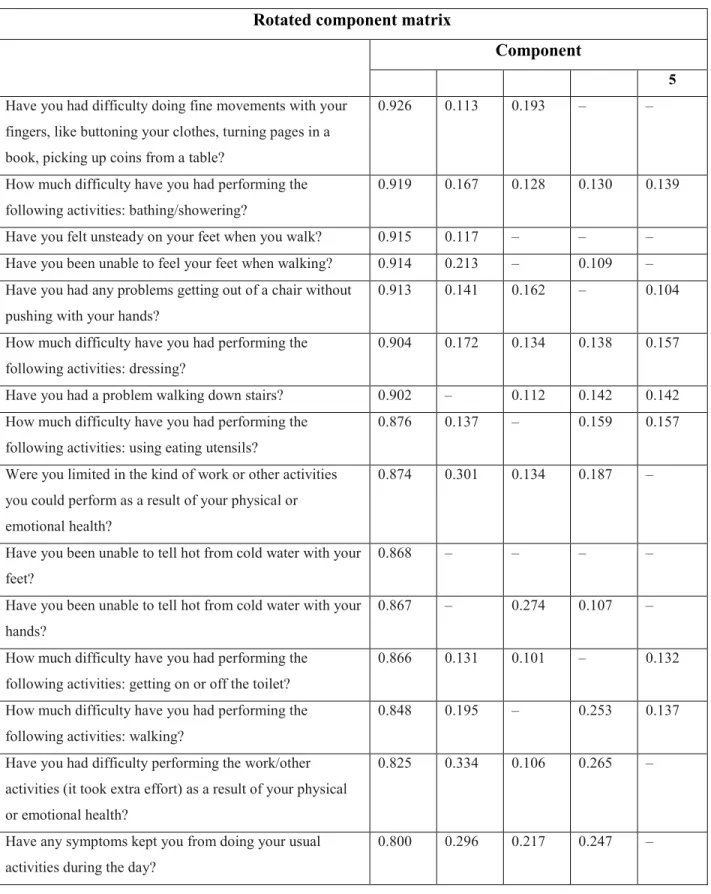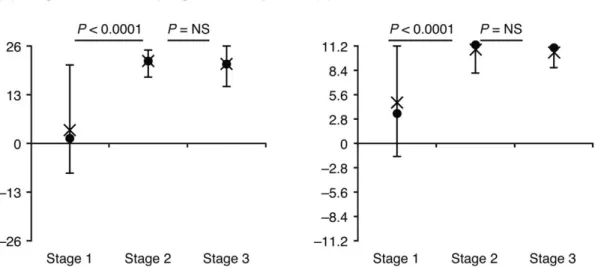D .I C B A S 2019 IN ST IT U T O D E CI ÊN CIAS BIO M ÉD ICAS AB EL SALAZAR DOUTORAMENTO CIÊNCIAS MÉDICAS
Disease modifying therapies for ATTR amyloidoses:
Clinical development of new drugs and impact on
the natural history of the disease
Teresa Coelho
D
2019 Teresa Coelh o. D iseas e m odi fyi ng th erapi es fo r ATTR am yloi dos es: Cli nical dev elopm ent o f n ew drug s an d impa ct on t he natu ral hist ory o f t he di sea se Di se ase mo difyi ng therapie s fo r AT TR am yloi do ses: Clinical de ve lopme nt of ne w drugs and impact on the natural h ist or y of th e dis ea seMaria Teresa Pardal
Mo
ntei
ro Co









